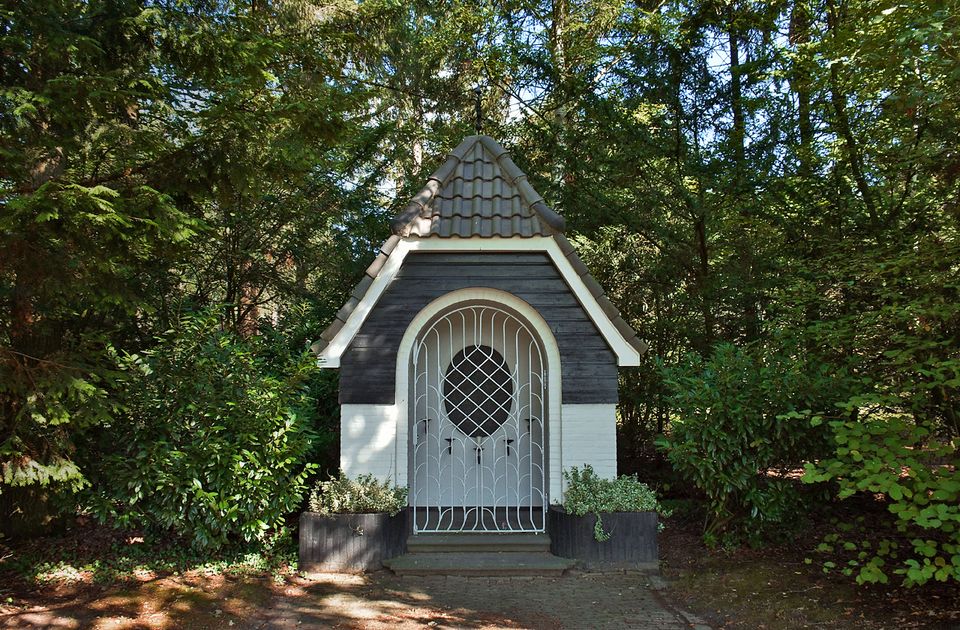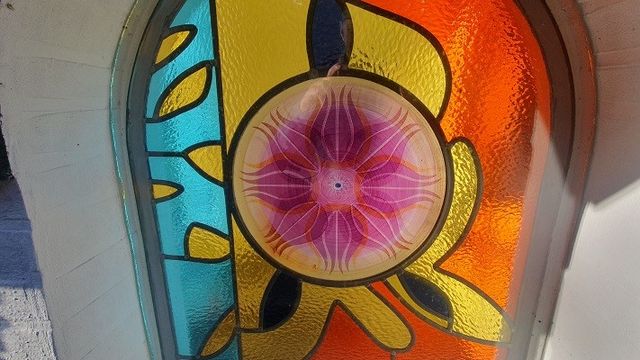De Theresiakapel on Estate Baest
Contact
dr Jan van de Mortellaan
5091 BE Oostelbeers Plan your route to De Theresiakapel on Estate Baest

The Theresiachapel, belonging to the Baest Estate, was established in 1938 as an expression of gratitude for the recovery of the then seriously ill seven-year-old son of the estate's residents, the Van de Mortel-de la Court couple. The chapel is dedicated to Saint Thérèse of Lisieux, who herself experienced a miraculous healing at a young age.
The small rectangular chapel is located at the beginning of Doctor Jan van de Mortellaan. Behind the wrought-iron gate, in front of the semicircular entrance, a relief can be found on a basalt stone floor bearing a commemorative inscription.
In June 2021, the chapel underwent restoration…
The Theresiachapel, belonging to the Baest Estate, was established in 1938 as an expression of gratitude for the recovery of the then seriously ill seven-year-old son of the estate's residents, the Van de Mortel-de la Court couple. The chapel is dedicated to Saint Thérèse of Lisieux, who herself experienced a miraculous healing at a young age.
The small rectangular chapel is located at the beginning of Doctor Jan van de Mortellaan. Behind the wrought-iron gate, in front of the semicircular entrance, a relief can be found on a basalt stone floor bearing a commemorative inscription.
In June 2021, the chapel underwent restoration, and the bricked-up windows were replaced with two new windows designed by the glass artist Marc Mulders. The windows represent morning and evening light and are constructed using spectrum glass, antique mouth-blown glass, and überfang etched glass. Paintings in enamel are applied to the glass. The western window depicts the grapevine with the All-Seeing Eye, referring to the family history of the current owner of the Baest Estate, Veronica van de Mortel-Henkell: the Henkell wine house. The eastern Tulpenbed window symbolizes the residents' care for nature on the Baest Estate.


